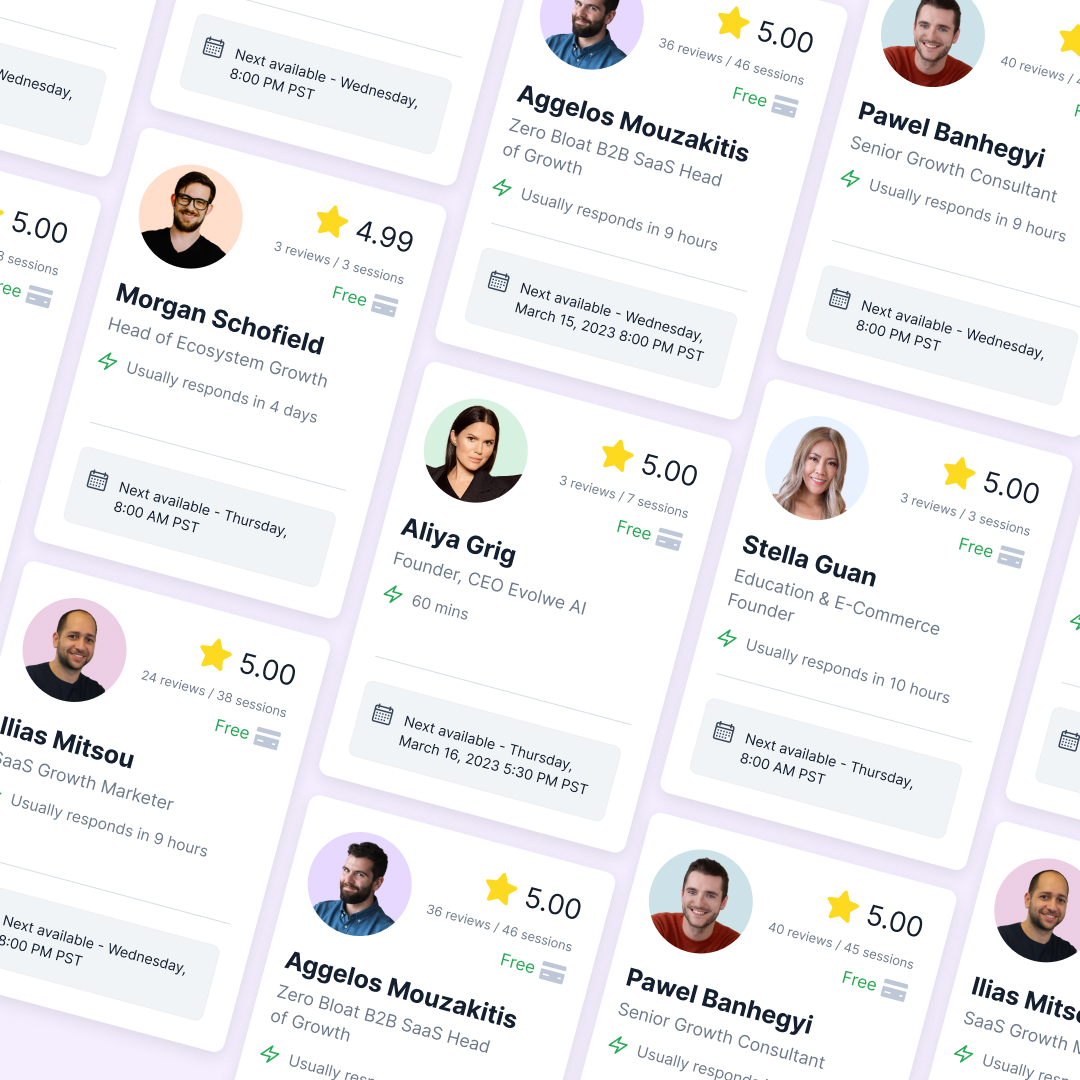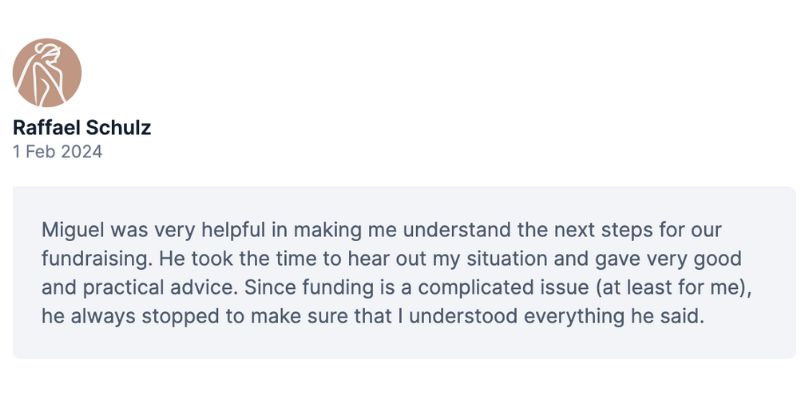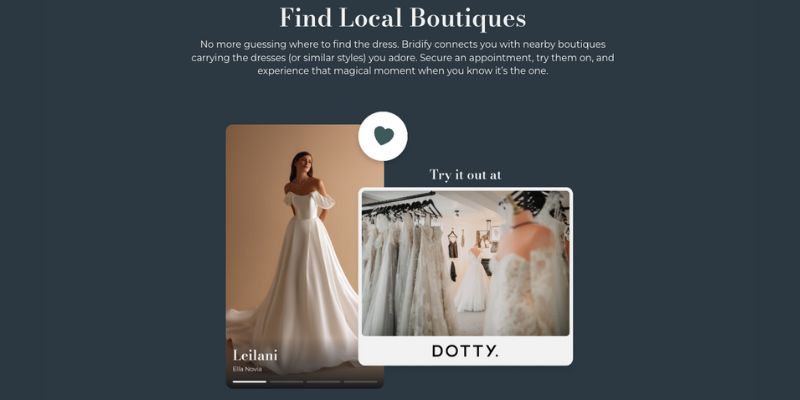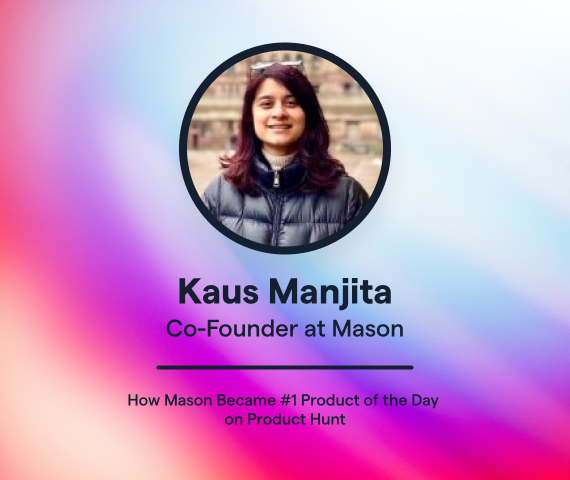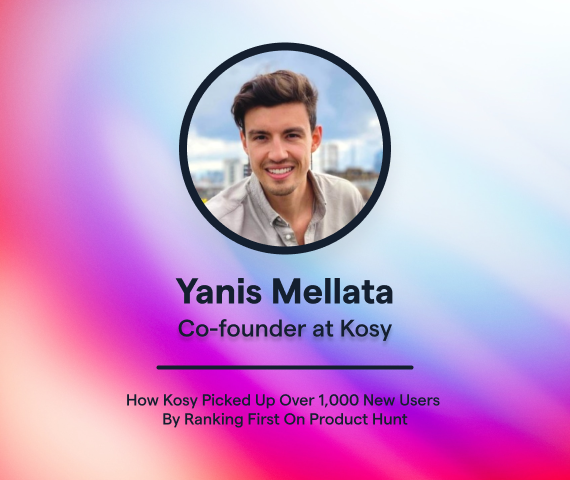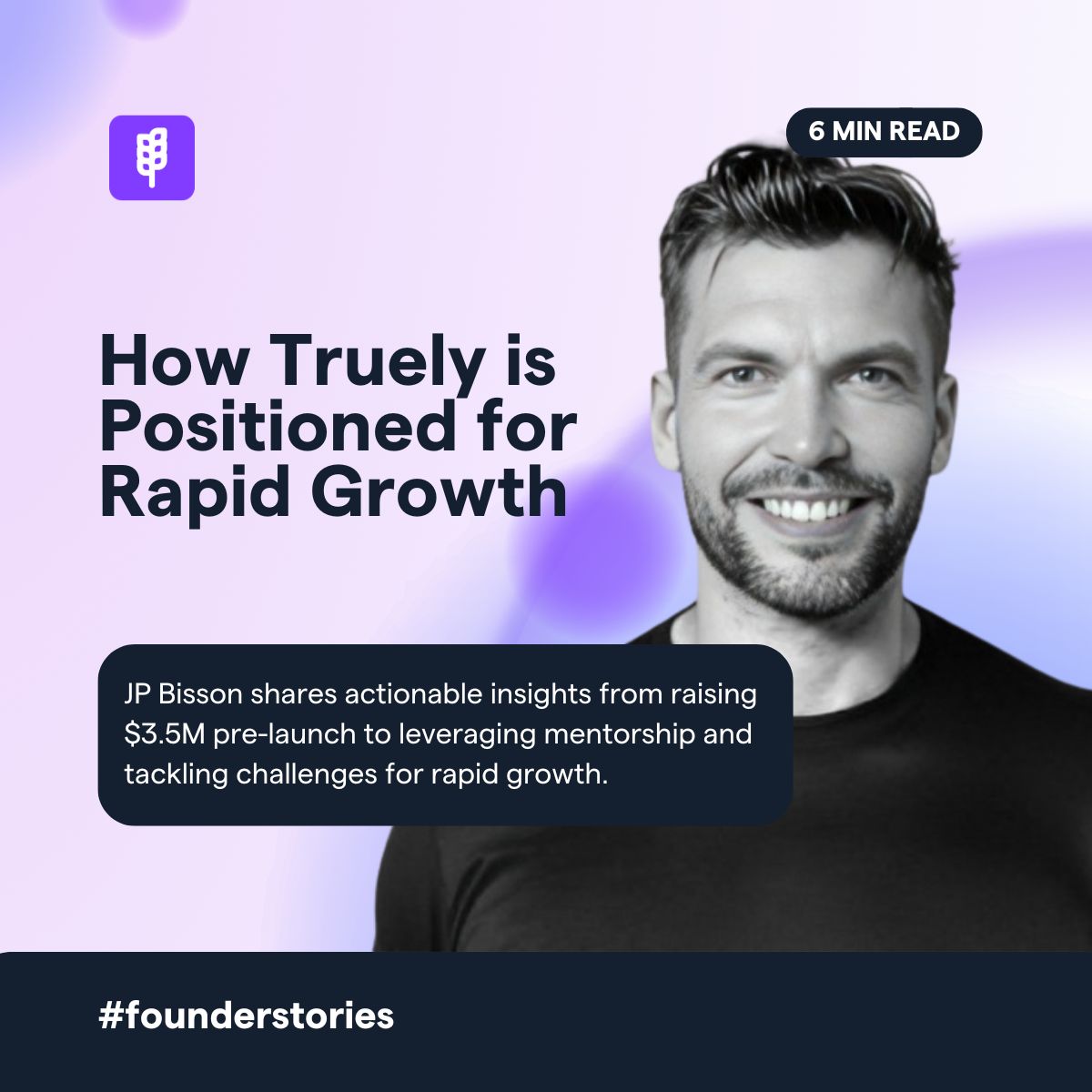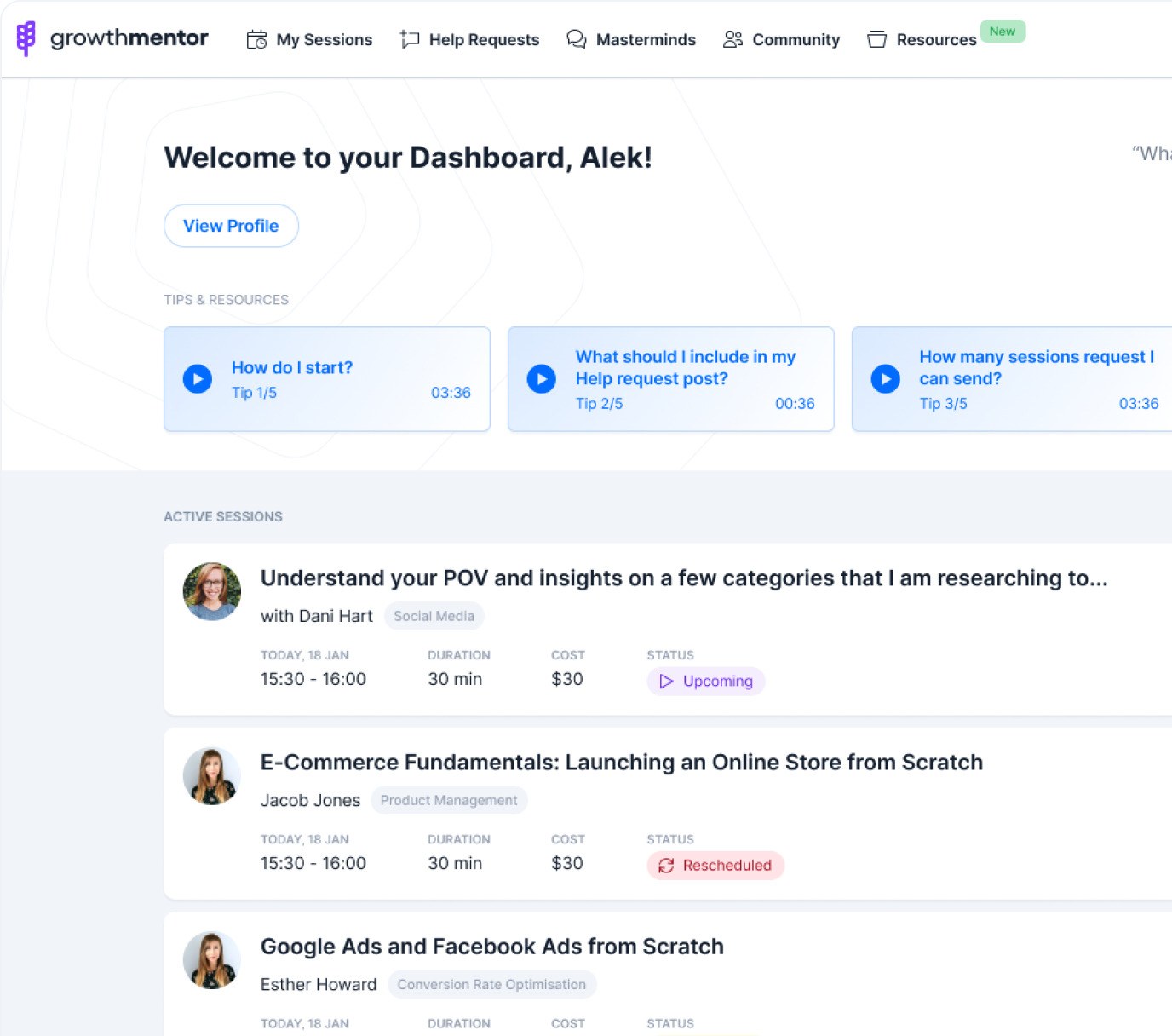How Bridify Grew to 40,000+ Users in 12 Months
When most people think about the wedding industry, they don’t immediately think of technology or disruption. But that’s exactly where Raffael Schulz saw an opportunity.
In an industry that’s decades behind in adopting technology, Bridify is flipping the script from outdated wedding dress shopping to an innovative, swipe-based app that gives brides a real-time look at what’s available to them in their country.
In its first 12 months, Bridify reached more than 40,000 users, an incredible milestone in the wedding industry, where competition is fierce, and tech adoption is slow. But the journey wasn’t all smooth sailing. There were setbacks, rejections, and a whole lot of personal reflection. Raffael shares the highs and lows of Bridify’s first year, from scaling user acquisition to bringing on co-founders who helped the company truly take off.
Proving the Market Was Ready
Raffael has spent 15 years in the wedding industry, so he knew its shortcomings well. One constant frustration he kept hearing from brides? The feeling of hopelessness when they find a dream dress online, only to realize it is out of date, or worse, unavailable.
Bridify’s goal was to eliminate that frustration, creating a platform where brides could swipe through wedding dresses they could actually buy all while giving brands real-time data on regional trends.
The only problem? Convincing investors that the wedding industry was ripe for disruption.
“It’s a multi-billion-dollar industry, but most investors didn’t understand the market,” says Raffael. “When we’d pitch, they’d ask, ‘Is this even a thing?”
But Bridify wasn’t about a small niche market. It was about revolutionizing how brides shopped, how trends were identified, and how data could help designers get real-time feedback on the dresses they were creating.
Finding investors who understood that took time. But, in the end, personal connections made the difference.
Scaling User Acquisition
After getting the initial traction from Raffael’s wedding website, Bridify needed to figure out how to scale beyond the early adopters.
“We knew that running ads on our website wasn’t going to be enough,” says Raffael. “We needed something more scalable.”
The Power of UGC Ads
That’s when User-Generated Content (UGC) ads on Instagram became a game-changer.
“UGC ads were a recommendation from someone at GrowthMentor, and it’s honestly the best advice we ever got. It helped us grow, and now about 80% of our users come from UGC campaigns.”
But not every experiment worked out.
The Google Ads Mistake
Raffael initially turned to Google Ads to expand user acquisition. It seemed perfect: cheap cost-per-install and an abundance of sign-ups. But something felt off.
“We noticed that 90% of users from Google weren’t engaging with the app,” he says. “When we checked their IP addresses, most were coming from Syria, Iran, and the Philippines – despite us targeting Germany, Austria, and Switzerland.”
The result? Fake users.
“Google doesn’t talk about this, but there’s a huge issue with fake installs. They pay people to click on ads and download apps, so they get paid more. I knew it wasn’t a mistake as I’ve been doing Google Ads for 15 years. It was frustrating, especially when Google support just denied it.”
The fix? Optimize for high-engagement users, not just installs. But with a limited budget, the fix would have cost €10,000 – which wasn’t feasible at their stage.
Finding Support Beyond the Team
In the early days of solo founding, Raffael found himself facing the classic founder’s dilemma – needing experienced guidance but lacking a team to bounce ideas off of.

There’s only so much advice you can get from friends and family. You need people who understand the unique challenges of building something from scratch.
He turned to mentorship platforms, eventually connecting with several experienced founders who helped him navigate early decisions around user acquisition and product development. One mentor specifically suggested the UGC strategy that would become central to Bridify’s growth.
“Having experienced founders to talk to helped me stay focused when things got tough,” Raffael reflects. “Sometimes you just need someone who’s been there to tell you ‘yeah, that’s normal’ or ‘here’s how I solved that.”
While bringing on co-founders later shifted his support needs, those early mentorship connections proved crucial for maintaining momentum through the challenging first year.
How Adding the Right Co-Founders Fueled Bridify’s Success
In the first year, Bridify was a one-man show. Raffael was doing everything: sales, marketing, fundraising, and product. It wasn’t sustainable.
Then two co-founders joined:
- A sales expert from the bridal industry, who opened doors to major brands.
- A tech agency that loved the idea and invested, later joining as co-founders.
“The difference it made was night and day,” says Raffael. “Suddenly, I wasn’t alone. I had experts in sales and tech to help with the heavy lifting.”
This partnership was a turning point for Bridify’s growth, doubling the number of bridal brands on the platform within months, including 4 of the 10 world’s major wedding dress brands.
Lessons Learned Along the Way
Reflecting on his journey, Raffael shares the key lessons every founder should keep in mind:
- Trust Your Vision: Listen to feedback, but don’t let others’ doubts, even from people you respect, stop you from pursuing your vision. “I was told by a unicorn startup founder that our business model was never going to work. We’re already proving him wrong,” says Raffael.
- Find the Right Believers: Build a network of people who truly believe in your vision. This could include co-founders, mentors, or advisors who have the experience and insights to help you grow. “If you can’t get them within your company, get outside advice. There are so many things you don’t know,” Raffael says.
- Avoid the Trap of Doing It All Yourself: Startups are always risky, and trying to learn everything on your own only increases the risk. Surround yourself with people who can help guide you. “If you try to learn everything from scratch on your own, you are decreasing the likelihood of success,” Raffael reflects.
What’s Next for Bridify
Looking ahead, Bridify plans to roll out a new appointment feature, allowing brides to book consultations directly with stores. Expansion to new markets – including the U.S., Australia, and Benelux – is next.
“We’re excited for what’s to come,” says Raffael. “But we know we’re still at the beginning of this journey.”
For every founder reading this: Whether you’re in a traditional industry or building something completely new, be prepared to learn constantly, embrace mistakes, and surround yourself with people who believe in your vision. And remember, mentorship can be a powerful tool in your journey – whether you’re looking for advice, feedback, or just someone to talk things through with.
Looking for guidance on your growth journey?
